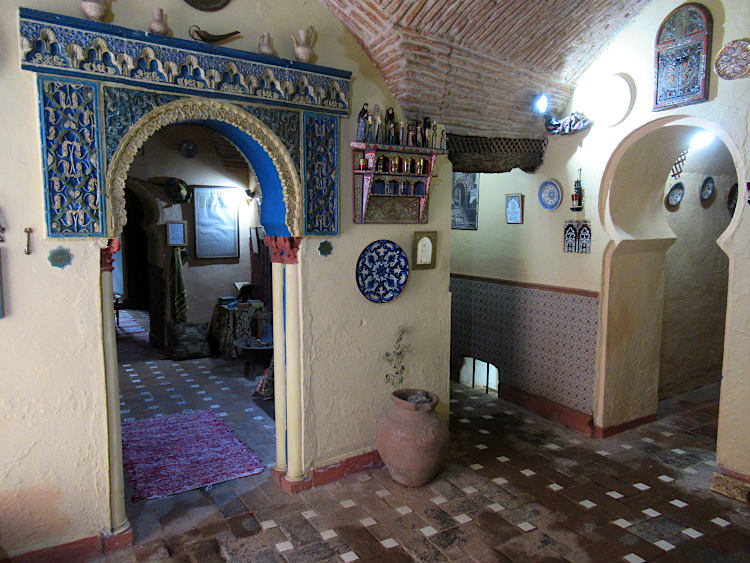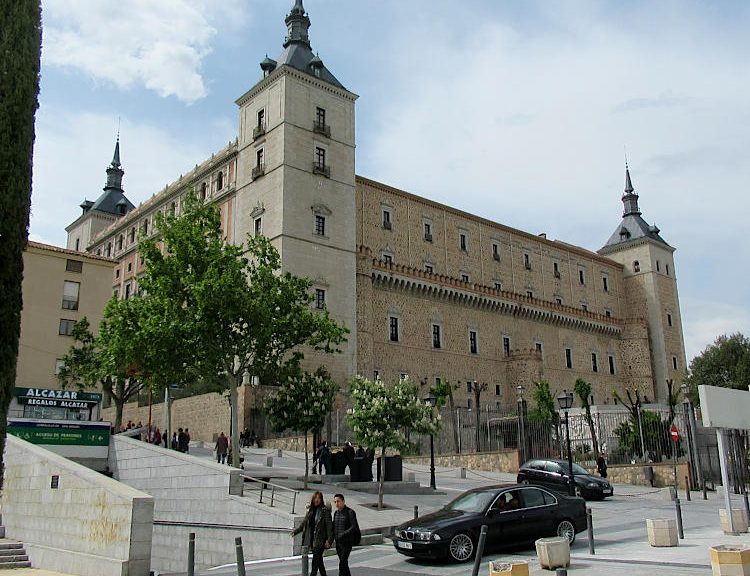
Holy Toledo!
Easter, or rather the week leading up to Easter Sunday, Semana Santa, is probably the biggest festival in Spain and famous for age-old traditions specific to each region. Some of the most solemn and famous processions take place in the ancient capital of Spain, Toledo. We decided to find out for ourselves in Easter 2019.
But first, football. My team, Liverpool were playing Porto in the Quarter-finals of the Champion’s League. Unfortunately we weren’t able to get tickets but we had a great meal followed by watching all the action in a bar near to the stadium. Perhaps we were luckier than those in the stadium as it was absolutely chucking it down. An ongoing theme of the holiday. The score, however, cheered us up. 4-1 to the Reds.
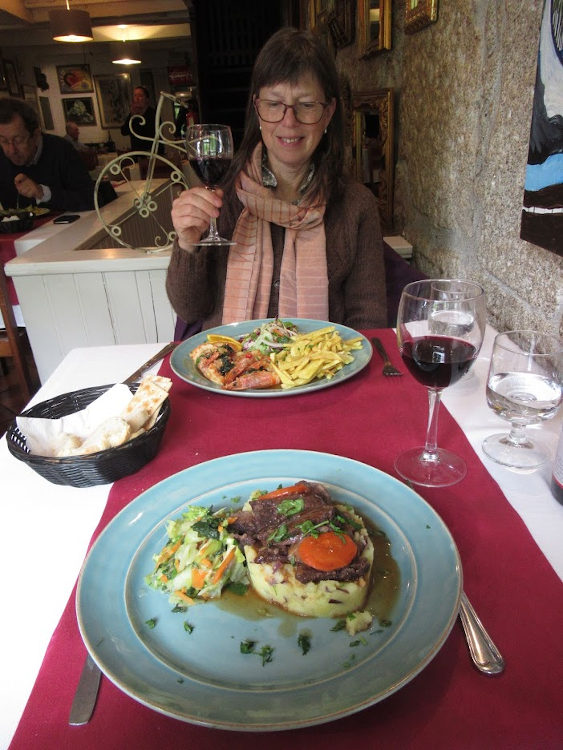
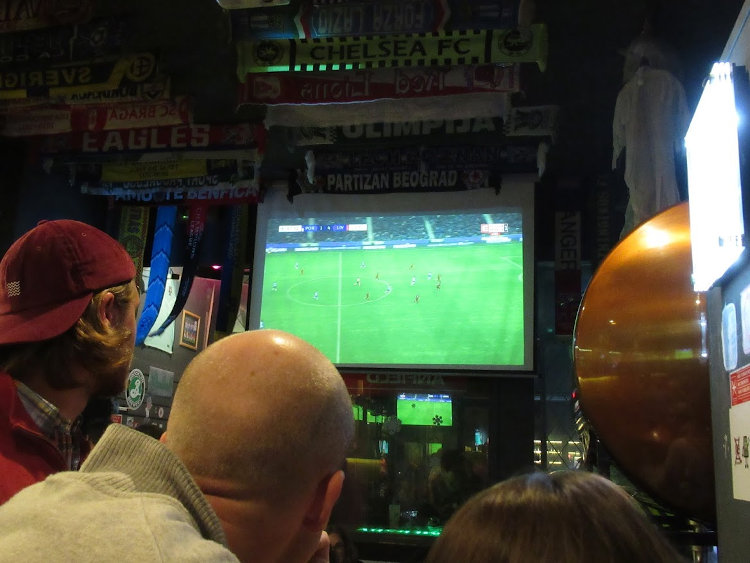
The next day we were off to Spain. We stopped off in Madrid to see friends but our primary destination was Toledo. Along with the Semana Santa festivities, Toledo is a great city to explore in its own right. We chose a cheapy hotel near the train station (Hostal Santa Barbara) which meant we had a short walk to the Puente de Alcántara and up into the old town.
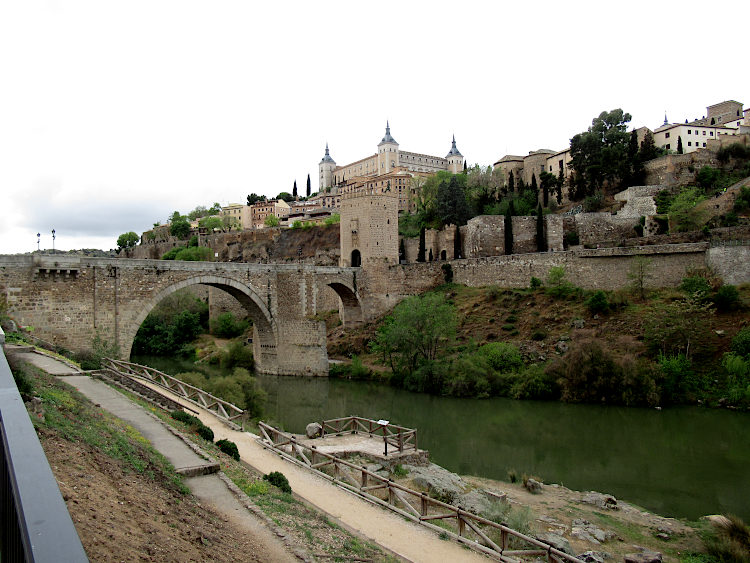
Not surprisingly the town was packed but we managed to get to the tourist office and armed with a map we headed off to see the sights. It wasn’t that easy as the streets are very narrow and with the intermittent showers we had to dodge a number of people armed with very pointy umbrellas. Despite this we reached our first objective – the cathedral. It was pretty impressive and in common with many cathedrals in Spain we were given a very informative audio guide (some may say too informative).
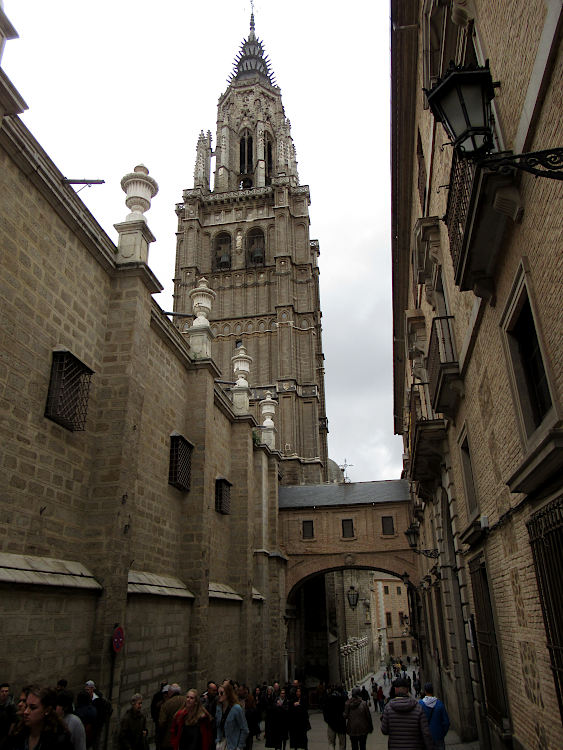
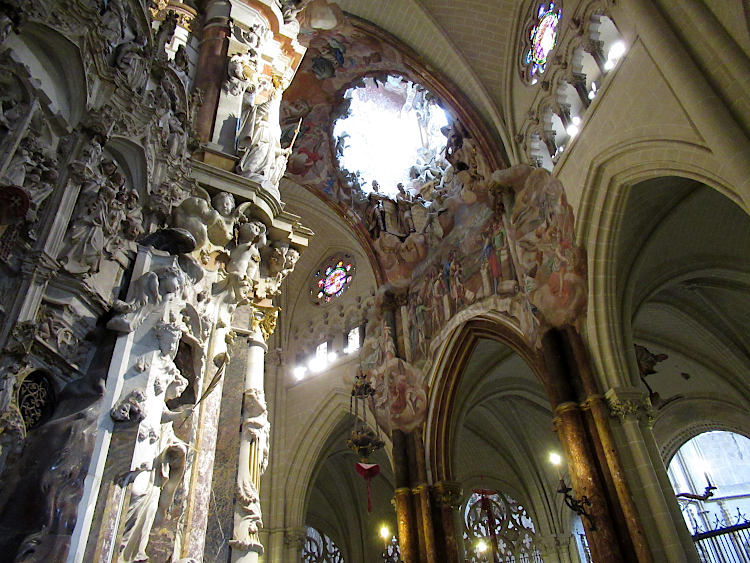
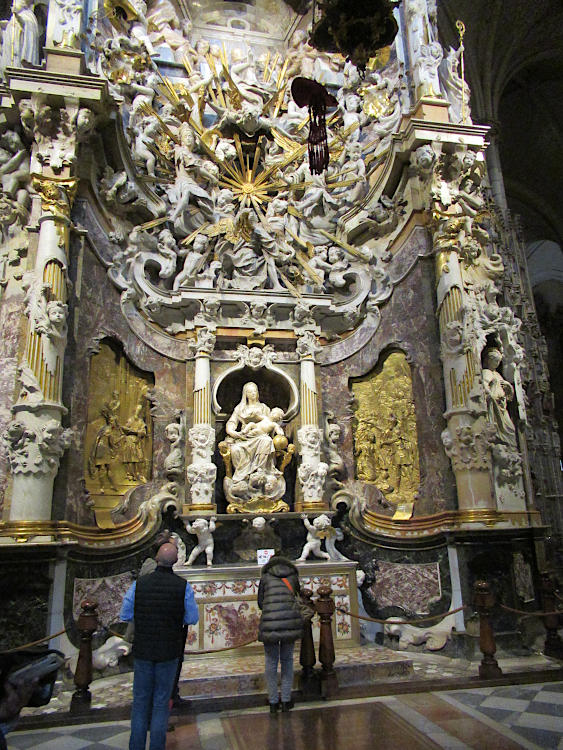
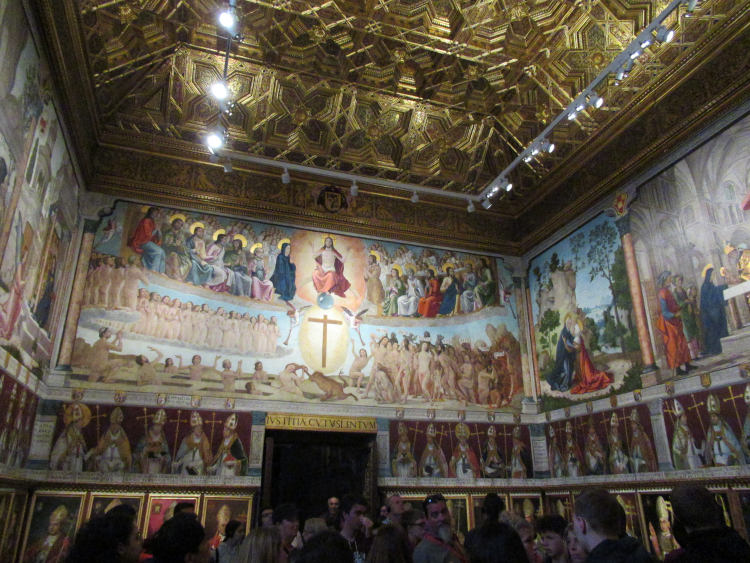
Of course Toledo is also famous for one of its former residents – El Greco. One of his most famous paintings is in the cathedral – the Disrobing of Christ. Others are naturally in the El Greco museum, another place we visited. The museum first opened in 1911 and is located in the Jewish Quarter of Toledo. It consists of two buildings, a 16th-century house with a courtyard and an early 20th century building forming the museum, together with a garden. The house recreates the home of El Greco, which no longer exists. There are also paintings by other 17th-century Spanish artists, as well as furniture from the period and pottery from Talavera de la Reina in the Province of Toledo.
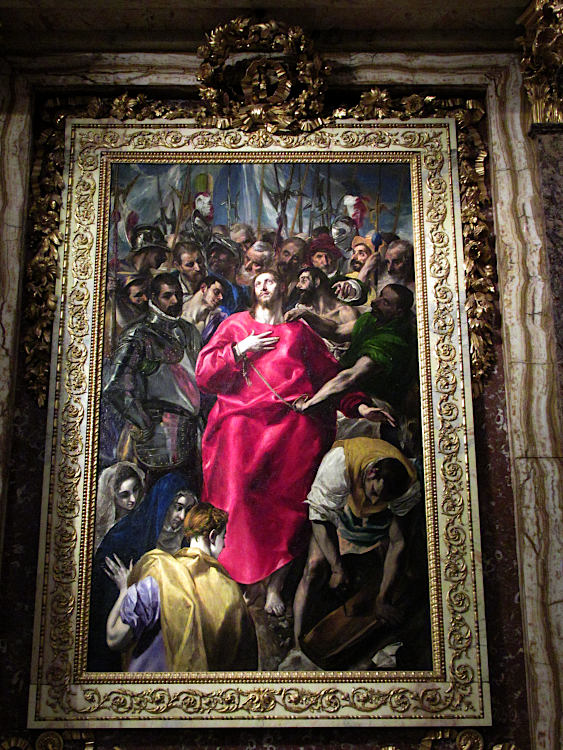
After a good wander around the city we returned to the hotel for a bit of a rest before returning in the evening to see the processions. However, upon our return we found out that due to the rain they had all been cancelled! Here are some photos I might have taken had the processions gone ahead.
Ah well, we were back in town the following day to do some more exploring. There are certainly no shortages of museums in Toledo. A small but interesting one was the Visigoth Museum which is housed in a 13th century church but which contains Islamic-type architecture commonly known as mudejar art in Spain.
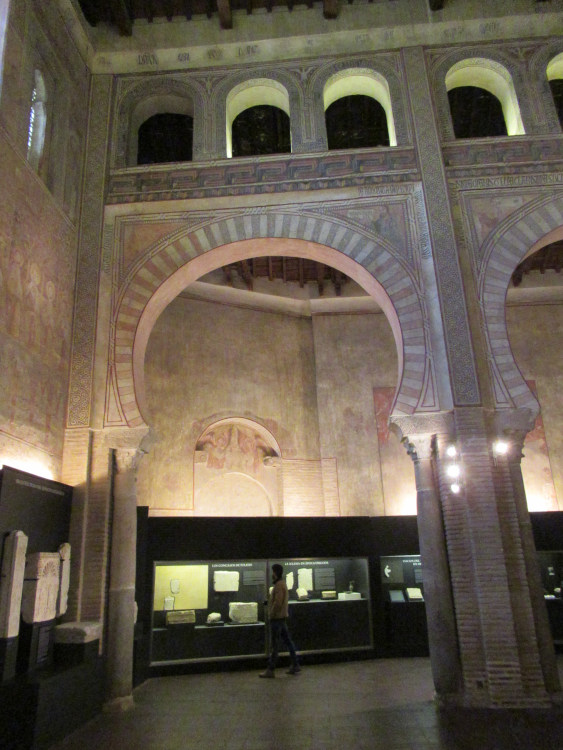
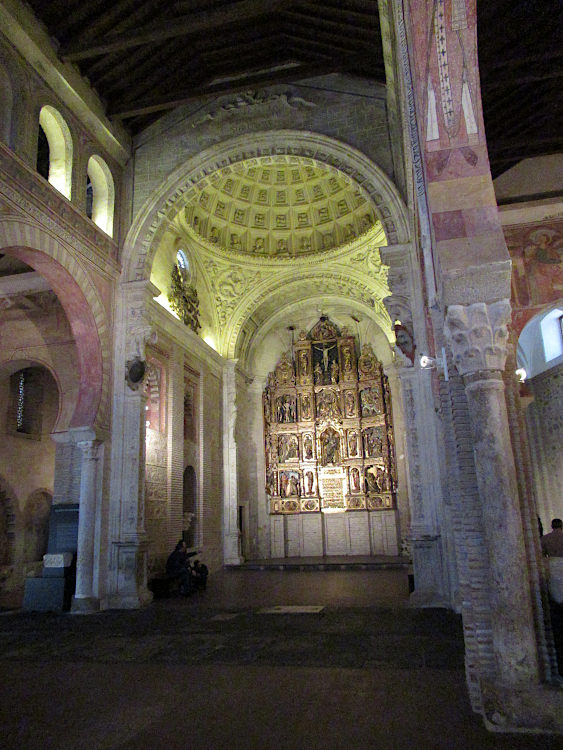
Of course, we weren’t just interested in the museums, we also came for good food, including this delicious Rabo de Toro (Ox tail).
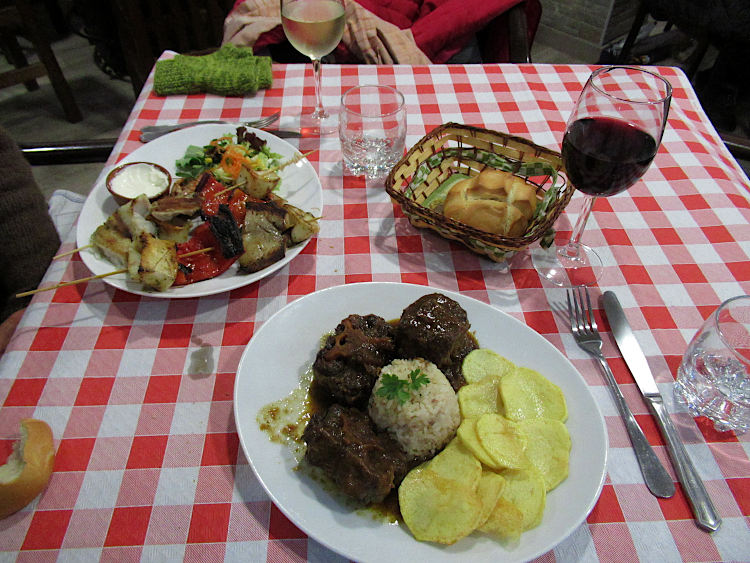
Another interesting place we visited was an old mosque that had been turned into a church but has pretty much remained as it was built: the Mezquita del Cristo de La Luz
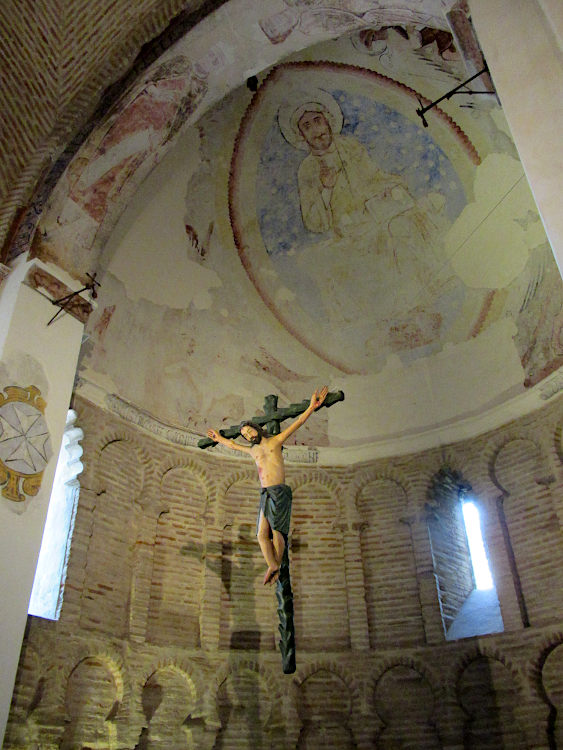
One museum that we didn’t actually have a chance to visit was the Alcazar military museum, but here it is dominating the city skyline.
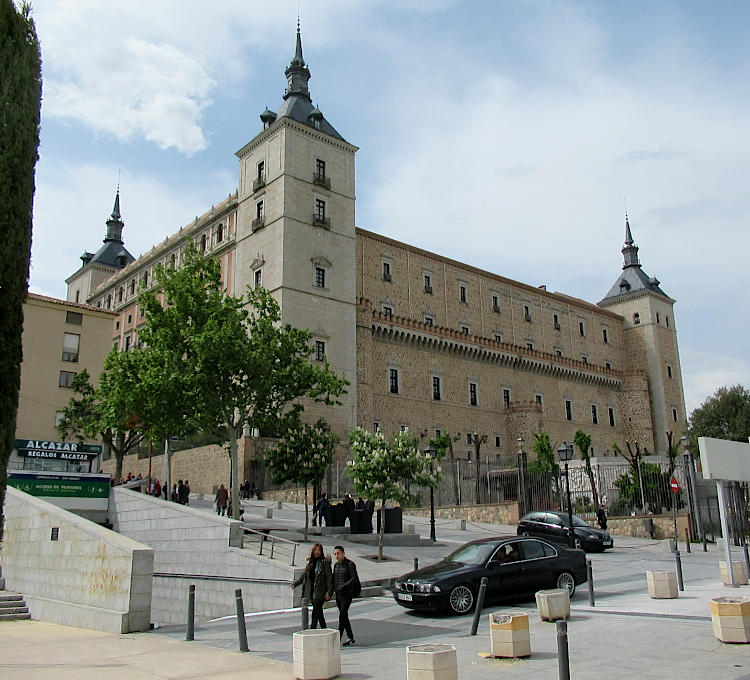
After Toledo we headed back to Portugal but not before an overnight stop in Caceres, like Toledo, a UNESCO World Heritage site. Fortunately, by now the weather had improved. We stayed in the very pleasant Hotel don Carlos right in the heart of the old town. Interestingly, below is the Plaza Mayor which is actually just outside the old city walls (seen on the right) as it was originally built by the Jews who were forced to live outside the old city.
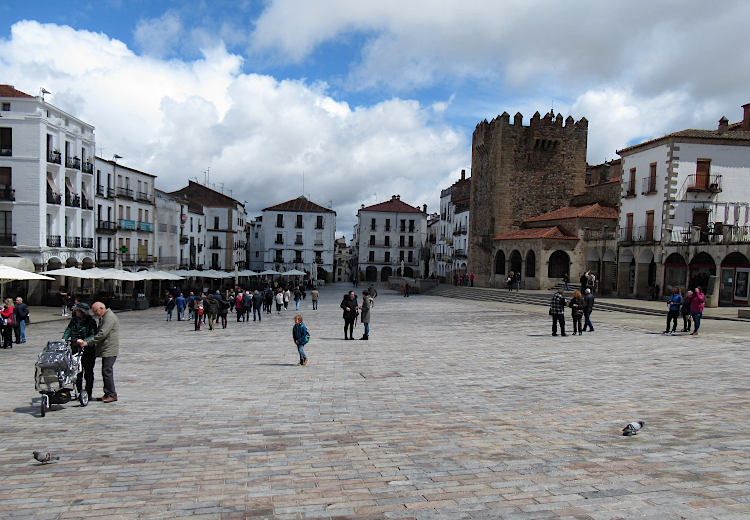
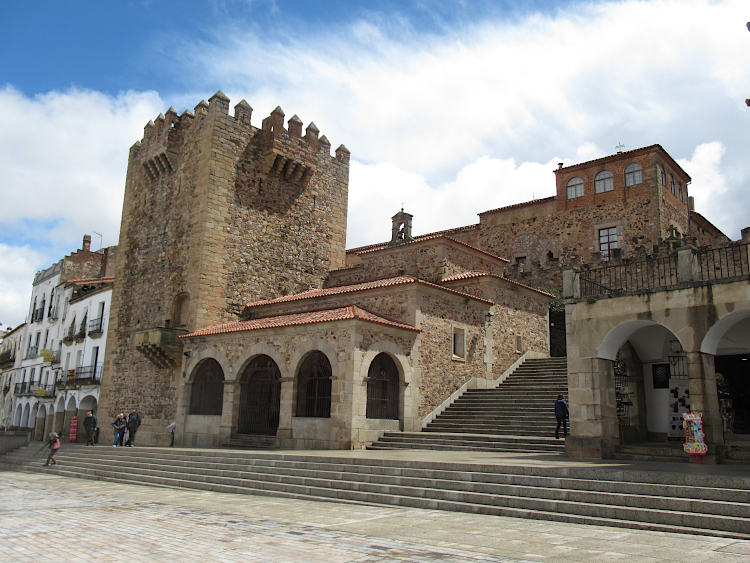
Wandering the streets of the old town…
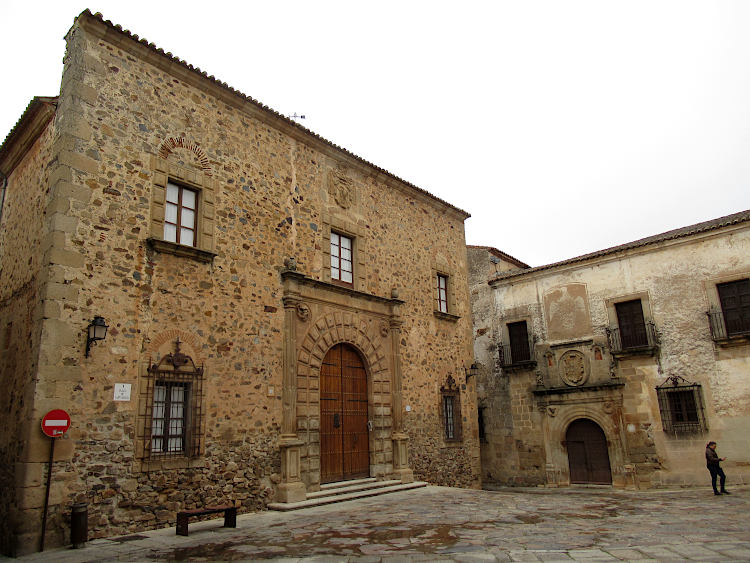
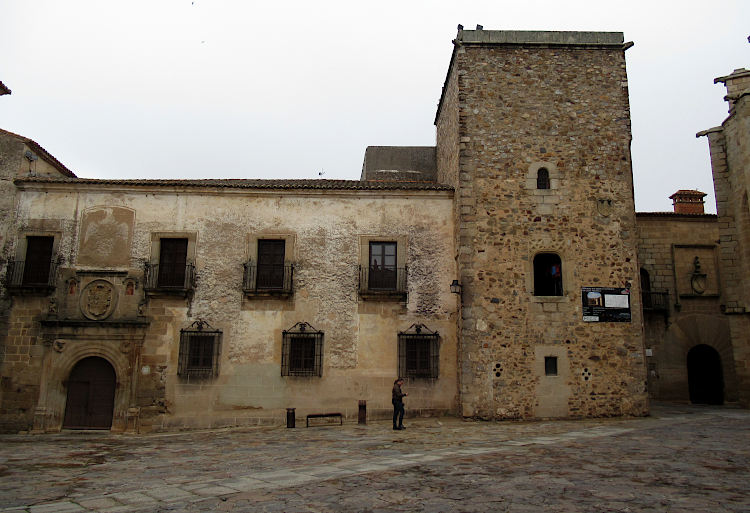
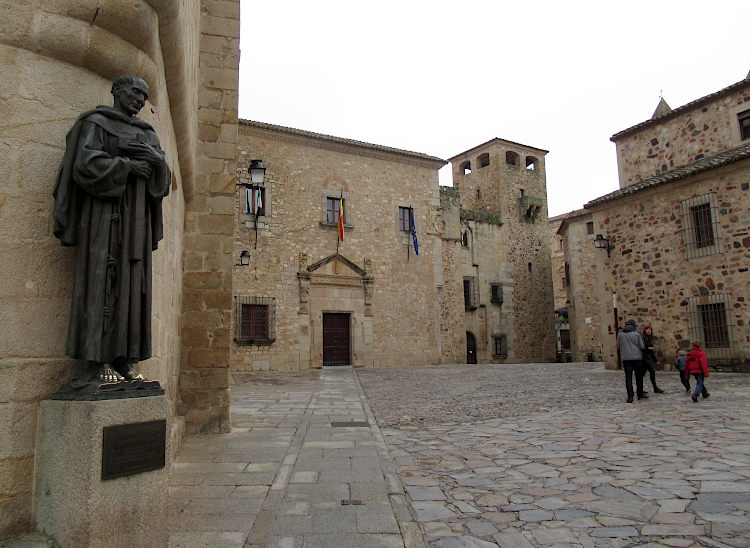
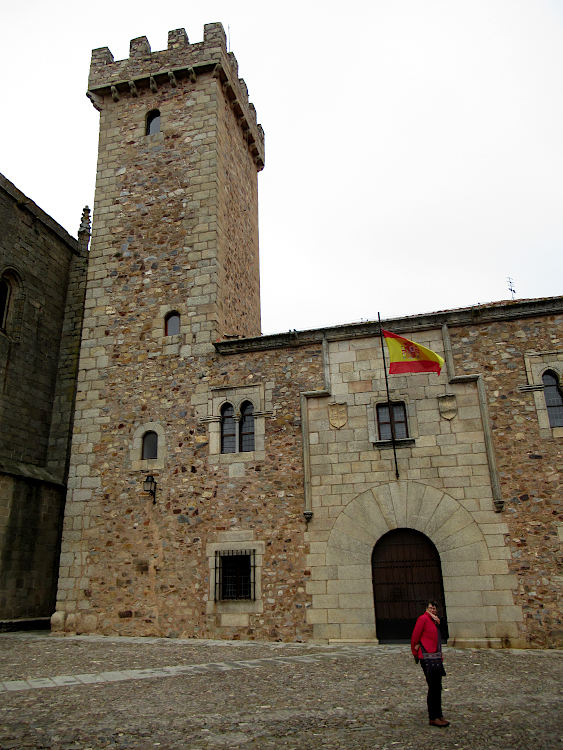
As you can see it was hardly the warmest spring day but I was very pleasantly surprised to find a little bar serving craft beer on tap.
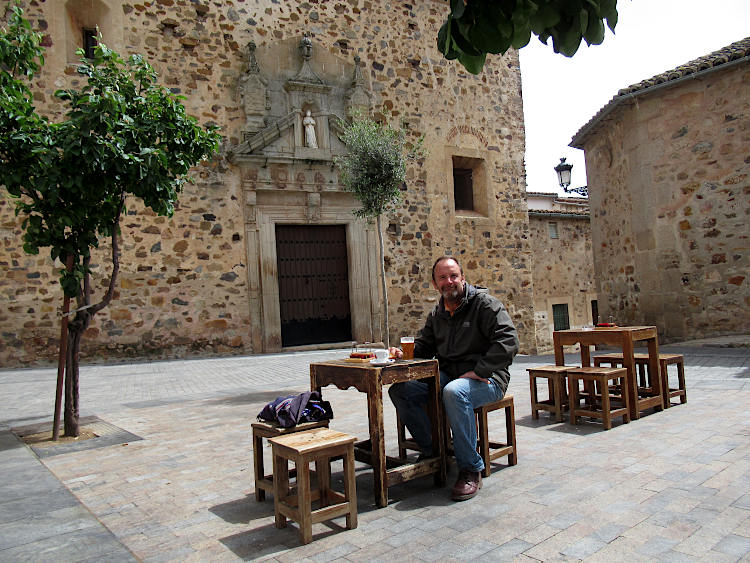
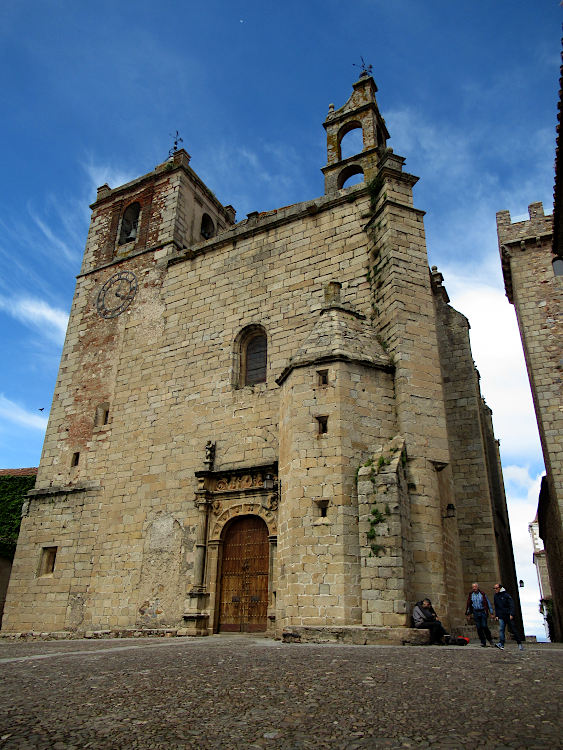
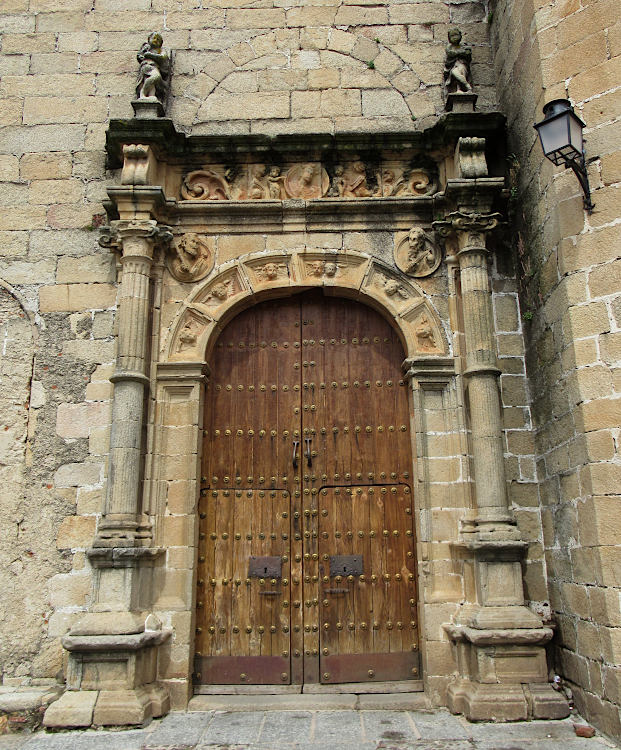
Unfortunately, today was a public holiday so all the museums were closed, except this little one, the Casa Museo Árabe Yusuf Al Burch. The last person to own the house was José de la Torre Gentil, who bought the property in the 1960s. He originally intended to renovate the old two-storey house and sell it, but the restoration work revealed Roman and Moorish ruins inside. He fully renovated the building and moved in with his family. A framed picture in the museum proudly mentions that that Ambassador of Iraq was present in 1976 when it was finally opened to the public. A fascinating little place.
